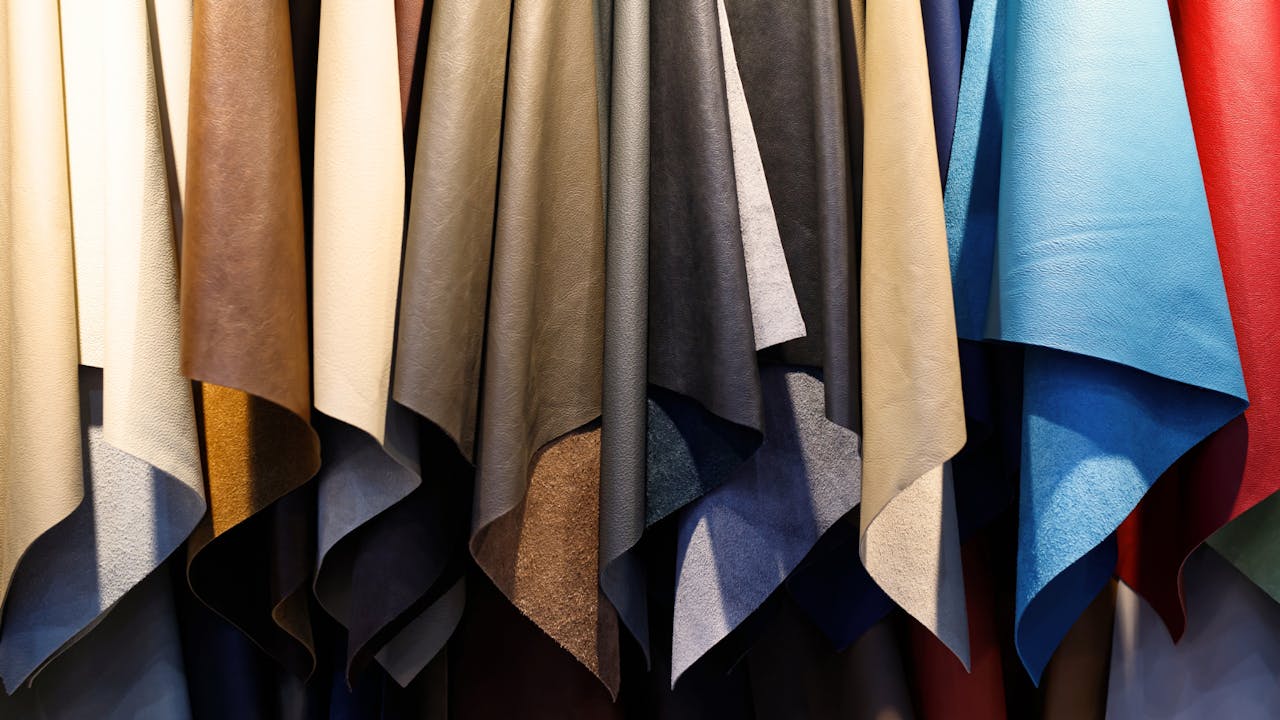
Leather, whether synthetic, vegan, or the real McCoy, has a marketing problem. Leather UK’s Dr Kerry Senior wonders whether there is enough policing of ‘green’ alternatives as part of the Fashion and Beauty focus.
Chances are your views on leather are already set; either you see it as a desirable, high-value, high-performance material, or you associate it with claims of environmental and social harm and steer clear.
Do you even question what it is you’re looking at? Are the claims true? Is it even leather?
The confusion around leather is prime example of the marketing problems for fashion. At a time when fake news is at an all-time high and consumer trust at an all-time low – and when some fashion brands and sectors are seemingly doing all they can to ‘greenwash’ – it’s not that surprising that we are all skeptical about everything we’re being sold.
Powered by AI
Explore frequently asked questions
So, let’s talk about some of the marketing challenges the industry is facing, particularly with regards to sustainability, using leather as an example. And if you don’t like leather, let’s see if I can change your mind.
Misleading labelling
It’d be difficult to find a survey that doesn’t show consumers wanting to buy more sustainable products. That is excellent news.
It is difficult because they’re constantly bombarded by meaningless and misleading terms on the labels of everything from coats to skirts to shoes.
Terms like ‘vegan leather,’ for example, create confusion and erode consumer trust in the fashion industry. It sounds great, but in fact 54% of consumers admitted they have no idea what ‘vegan leather’ means.
In addition, a quarter (25%) would quite rightly feel ripped off if they bought an item made from ‘vegan leather’ that could potentially be 100% PVC or PU (mostly the case) rather than something genuinely made from ‘all natural’ materials (rarely the case!).
Advertisement
It highlights that brands and marketers must prioritize clear, accurate product descriptions to maintain transparency and credibility. Don’t just invent a term that sounds good – for an item that is actually made of non-recyclable plastic – and rely on the ignorance of shoppers.
Transparency in alternatives
The obvious way to beat this sort of misleading information is with clear, robust, respected analyses and assessments that show precisely what something is made from and how much environmental impact it truly has.
And yet, the fashion industry’s current sustainability metrics are deeply flawed. The Higg Materials Sustainability Index (MSI) has long been backed by many industry giants, but as shown by the action taken by the Norwegian Consumer Authority in 2022, it is highly misleading.
Why?
The Index has been rightly criticized for using incomplete and questionable data, favoring synthetic materials over natural fibers, and ignoring crucial factors like microplastic pollution and end-of-life impact. It doesn’t even consider how long a material will last and what will happen when it’s thrown away.
Advertisement
Consumers deserve genuinely holistic, end-to-end environmental assessments that account for a product’s full lifecycle – including disposal and biodegradability. Anything less isn’t good enough. In fact, it’s actively harmful greenwashing that perpetuates the very problems the industry claims to be solving.
Consumer education gap
Every marketer winces at the term ‘consumer education.’ Having to educate people rather than just sell to them seems like a first strike against any campaign.
But all too often, it’s unavoidable.
Fashion sits on the horns of this dilemma. In my own experience, there’s a growing disconnect between consumer perception and the reality of both leather and its alternatives. The biggest one is that too many people still think cows get killed just for their hides when leather is actually entirely a byproduct of the meat industry (if you don’t want to take my word for it, listen to the World Wildlife Fund).
As long as people eat meat, leather will exist. If we didn’t use those hides, they’d simply be thrown away. Leather goods then last for decades (including second-hand purchases and reuse) and decompose organically. And yet, somehow we’re still seen as the animal-killing, less sustainable choice.
The number of times I’ve had to defend the industry from people who think leather production is driving the growth in cattle-rearing, deforestation and the like is, frankly, too many to count.
Suggested newsletters for you
Daily Briefing
Daily
Catch up on the most important stories of the day, curated by our editorial team.
Ads of the Week
Wednesday
See the best ads of the last week – all in one place.
The Drum Insider
Once a month
Learn how to pitch to our editors and get published on The Drum.
It just proves that brands have a responsibility to bridge these sort of education gaps. They need to provide factual, balanced information that empowers consumers to make informed choices aligned with their values.
Of course this isn’t going to be easy.
Overcoming decades of preconceived notions and incorrect opinions isn’t going to happen tonight. But fashion has already come on in leaps and bounds in the past few years with tighter scrutiny, more sustainable supply chains and marketing campaigns that drive people towards the right behaviors. All I ask is that we keep the ball rolling.
